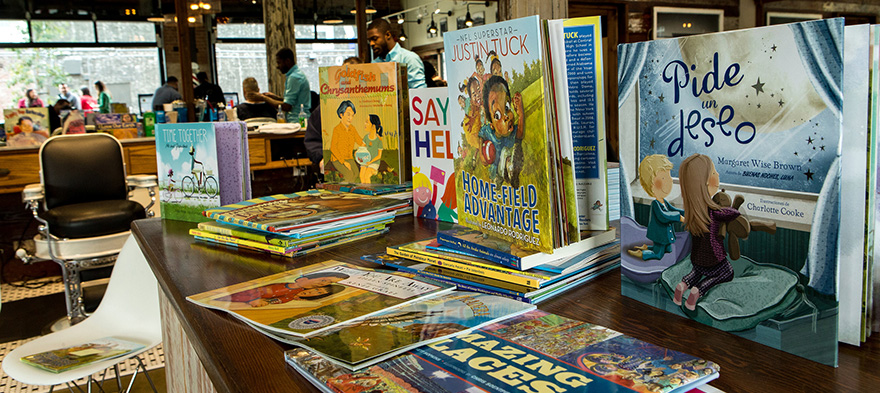
Feb 28, 2018 12:00:00 AM
Robin Muldor-Engram is a native Philadelphian who currently resides in Southern Maryland. She has spent her entire career working with and on behalf of children. While residing in Philadelphia, for seven years, she taught grades K- 8 in the School District of Philadelphia’s. In 2007, she received her second master’s in library science & technology from Drexel University, and worked as supervisor /children’s librarian at the Overbrook Park Branch of the Free Library of Philadelphia. In 2011, she was applauded for her well attended programs and outreach efforts in the community, awarded both, the Free Library of Philadelphia’s Customer Service Award, and the Pennsylvania Library Association’s Best Practices Award. In 2013, Robin received the Leeway Arts and Change Grant in which she partnered with Delta Services Support Inc. to develop a mentorship literacy workshop for children and youth in foster care. Again, in 2014, she received additional funding from the Philadelphia Activity Fund. Today, she is the founder and CEO of “Peaches and Sourcream, Inc.” an organization that focuses on providing educational consultation and child advocacy service, committed to guide learning and promoting quality childhood achievement. To date, she writes commentary and children’s book reviews for the Philadelphia Public School Notebook, and holds membership with UPenn GSE Philadelphia Writing Project and the Urban League of Philadelphia.
Few issues in education spark more tension and debate than standardized testing. Are they a tool for equity or a burden on students? A necessary check on school systems or a flawed measure of...
Charter schools are public schools with a purpose. Operating independently from traditional school districts, they're tuition-free, open to all students, and publicly funded—but with more flexibility...
Despite the benefits of a diverse teaching force, prospective teachers of color fall out of our leaky preparation pipeline at every stage: preparation, hiring, induction, and retention. Here’s what...
Ed Post is the flagship website platform of brightbeam, a 501(c3) network of education activists and influencers demanding a better education and a brighter future for every child.
© 2020-2025 brightbeam. All rights reserved.
Leave a Comment